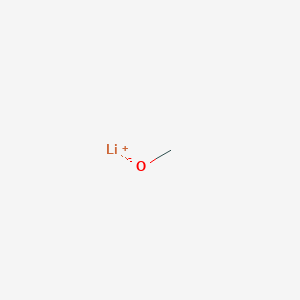Spodoptera exigua is a lepidopteran noctuidae pest. In the cotton field, larvae feed mainly on the leaf meat, and they also feed on the buds. The leaves of severely damaged plots only have reticular veins and petioles. In recent years, the area of ​​Spodoptera exigua grown in Sheyang and other coastal cotton areas has been expanded, the degree of occurrence has been aggravated, and the difficulty of prevention and control has increased. Therefore, prevention and control should be carried out according to the characteristics of its occurrence. Occurrence characteristics (1) Miscellaneous eating habits. Spodoptera exigua larvae can harm cotton, corn, soybeans, peanuts, vegetables and other crops. (2) Suddenness and uneven distribution of insects. In the year of Spodoptera exigua, there were more than 100 insects in the cotton field and 1000 replants in the re-emerging areas. In general, the amount of insects in the continuous cotton fields in the east coast is higher than that in the paddy fields in the western China. The fields with poor growth are higher than those with good growth, and those with high salinity are higher than those with low salinity. (3) The hazard is long and the generations overlap. The Spodoptera exigua in Sheyang County is endangered from late May to mid-September. From mid-July to the end of August, the amount of Spodoptera exigua is heavy and harmful. Long-term coexistence of field larvae with moths, eggs and cockroaches. Recurrence factors (1) There are many hosts. The adjustment of planting structure, the development of greenhouse vegetables, and the promotion of light cultivation techniques such as less (free) cultivation provide an ideal wintering ground and food source for Spodoptera exigua, reducing the control effect of agricultural operations on Spodoptera exigua. It facilitates the migration of hazards and reproduction between different hosts. (2) Migration. Spodoptera exigua can survive in winter or move long distances. It has the characteristics of sudden and regional outbreaks. It is difficult to predict and predict, and it is easy to miss the appropriate period of prevention and control. (3) Enhanced drug resistance. For many years, the control of Spodoptera exigua relies on pyrethroids and organophosphorus insecticides. After long-term use, the resistance of larvae is significantly enhanced. The investigation found that the control effect of these two types of drugs on the young larvae of Spodoptera exigua is only about 60%, and the control effect on old larvae is less than 50%. (4) High reproduction rate. The results of indoor rearing of old larvae of Spodoptera exigua in the local cotton field showed that each female laid an average of 104 eggs, the hatching rate of eggs was 82%, the duration of eggs was about 2 days, and it took only 28 days to complete one generation in summer. Spodoptera exigua can explode in the short term. Prevention and control measures: winter plowing, destroying Spodoptera exigua overwintering sites. During the growing season, clean the pastoral, cultivating and weeding, and reduce the beet armyworm spawning sites and suitable hosts. The Spodoptera exigua larvae have a pseudo-dead nature. They can invert the umbrella or spread the film on the ground and shake the plants to drop them and kill them. The Spodoptera exigua larvae are highly resistant to pyrethroids and organophosphorus insecticides and should not be used for the control of these two types of drugs. From the perspective of production applications in recent years, 15% indoxacarb was used as a suspension agent. The 24% Methoxyfenozide Suspension and Emamectin benzoate preparations are effective against Spodoptera exigua larvae and can be alternately used to delay drug resistance. Lithium Methoxide Basic Information
Mol File: 865-34-9.mol
Lithium Methoxide Structure
Stability: Stable, but reacts violently with water. Highly flammable. Store under dry inert gas.
Lithium Methoxide Application
For organic synthesis reactions such as lipid exchange. Lithium Methoxide CAS No.865-34-9 Lithium Methoxide,Lithium Methoxide msds,Lithium Methoxide solution,Lithium Methoxide formula,Lithium Methoxide density,Lithium Methoxide reaction ShanDong YingLang Chemical Co.,LTD , https://www.sdylhgtrade.com
CAS: 865-34-9
MF: CH3LiO
MW: 37.97
EINECS: 212-737-7

Melting point 500°C
Boiling point 64.6 °C
density 0.85 g/mL at 20 °C
Fp 52 °F
storage temp. Flammables area
solubility Soluble in methanol.
form powder
color White
Sensitive Moisture Sensitive